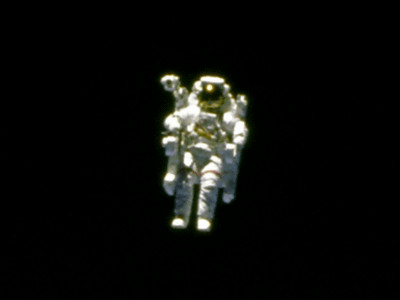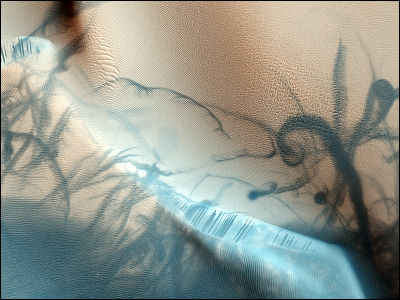NASA publishes the highest resolution photograph with the largest of 1.8 billion pixels in the past, it is possible to see Mars in detail with zoom

A 1.8-billion-pixel panorama created from 1,200 images taken by the Mars rover
Curiosity Mars Rover Snaps 1.8 Billion-Pixel Panorama (narrated video)-YouTube
This is the whole picture released by NASA.

Since the photos are taken by a mast camera mounted on the rover, the rover itself is partially cut off ...
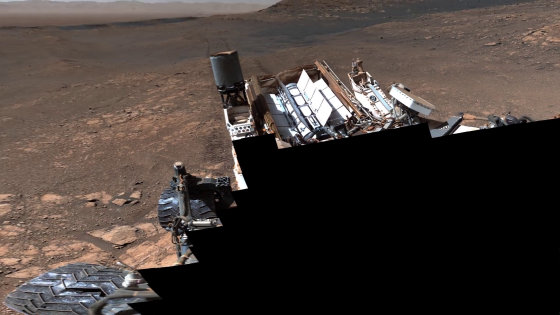
When photographed by another mast camera in another place, the appearance of the rover is also firmly captured as follows.
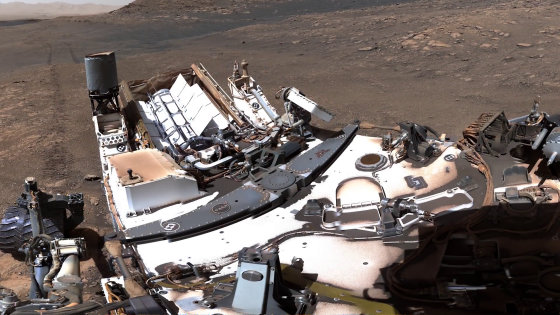
The great thing about this photo is that it's high resolution allows you to see the details clearly even when you enlarge it.

As you get closer to the back of the photo ...

You can check the edge of the crater firmly. And 20 miles (about 32 km) away from it ...
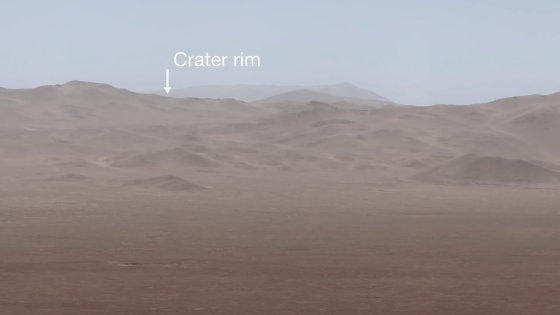
You can see a huge crater called 'Slangpos crater' with a diameter of 3 miles (about 4.8km). It is believed that something huge has hit here.

The mountain side where Rover is filming is thought to have been a place where lakes and other places were billions of years ago. The rock at this place contains a clay layer and is thought to be a clue to what kind of place Mars was originally.
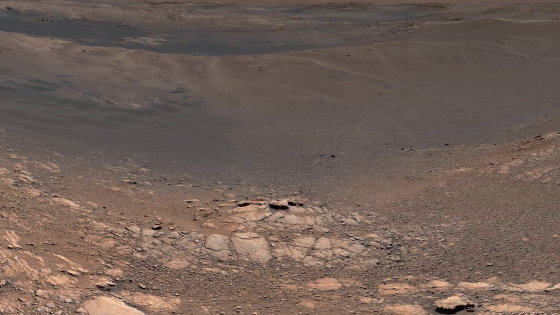
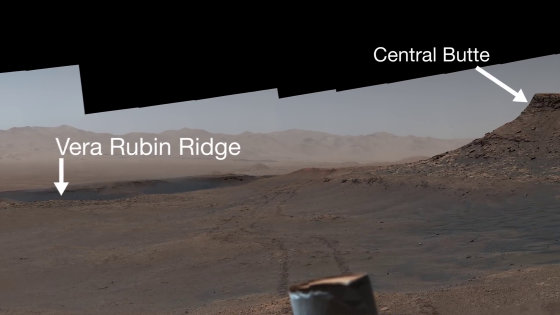
In the area called Greenheugh Pediment, rocks undulate over cliffs. It is believed that this was formed after the lake disappeared and the current mountain was formed.
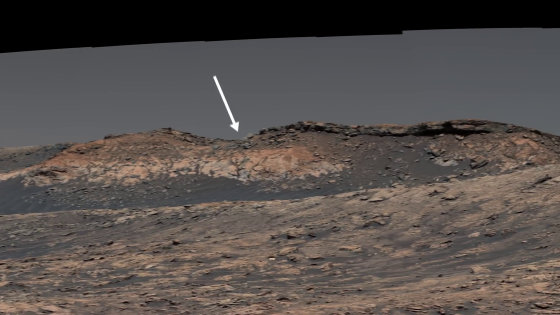
Because the high-resolution image was taken as a 360-degree image, it is distorted as if using a fisheye lens.
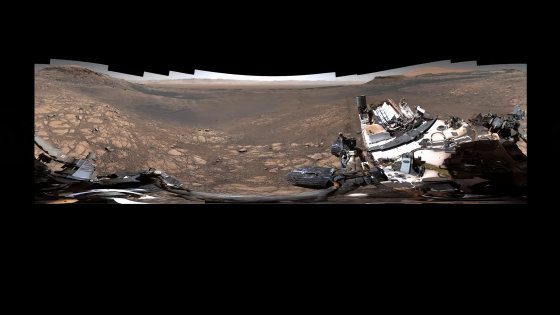
Looking at the rover this time, the black part is the part where the shadow of the rover mast is falling.
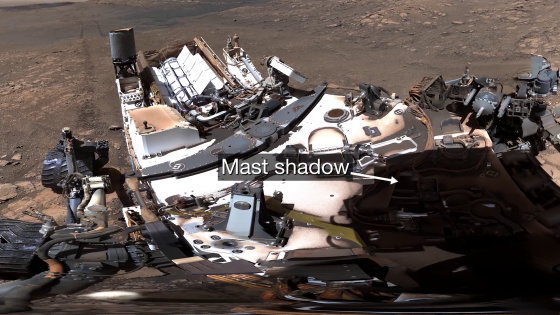
The round part is a radiation measurement detector. Radiometric detectors allow researchers to think about ways to protect astronauts heading for Mars from radiation in the future.

You can also check tubes and wires. These tubes were used for the liquid cooling system, and the wires were the 'lifeline' of data communication. The tubes and wires were cut like umbilical cords when the rover landed on Mars.

The sundial is engraved with the words 'To Mars. For adventure'.
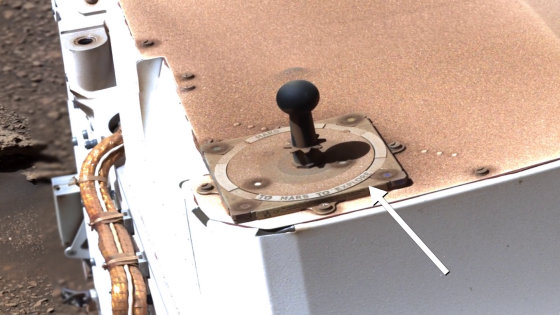
And on the other side of the rover, you can see the trace of the rover running.

This trace extended all the way to the distance.
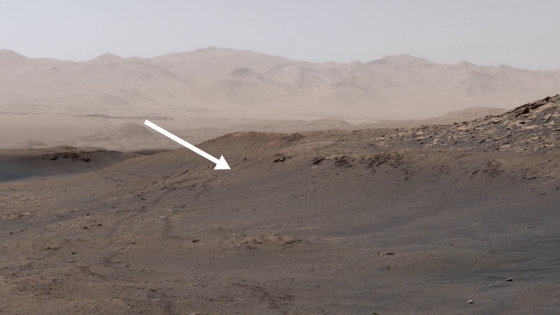
Related Posts:



